The art of crafting the perfect croissant lies in mastering the delicate dance between butter temperature and folding technique. This elusive balance separates flaky, buttery masterpieces from dense, greasy disappointments. Professional bakers guard their lamination secrets closely, but through extensive testing and failed batches, we've uncovered the golden ratios that transform home bakers into pastry artisans.
The Butter Temperature Paradox presents the first major hurdle in laminated dough preparation. Most beginners mistakenly believe colder is always better when working with butter layers. While chilled butter prevents premature melting during handling, butter that's too cold becomes brittle and shatters during rolling. The ideal butter block should maintain a pliable 60-65°F (15-18°C) - cool enough to maintain distinct layers but malleable enough to spread evenly between dough folds. Test readiness by pressing gently; your fingerprint should leave a slight indentation without sinking through.
Seasoned patissiers employ various methods to maintain this precise butter consistency. Some prefer the European approach of working in temperature-controlled rooms, while others adopt the Japanese technique of wrapping butter in parchment paper and gently pounding it to the perfect thickness before refrigeration. The critical realization is that butter behaves differently at various temperatures - too warm and it absorbs into the dough, too cold and it ruptures the delicate gluten structure.
The Folding Formula constitutes the second pillar of croissant science. The standard "turn" system (single folds vs. double folds) creates endless permutations, but the magic number for most home bakers falls between 3-4 folds. Each fold multiplies the layers exponentially - three single folds create 27 layers, while four push this to 81. Beyond this point, the layers become too thin to maintain separation during baking, resulting in a collapsed structure.
Professional kitchens demonstrate that timing between folds matters as much as the folds themselves. The dough must rest sufficiently (about 30-45 minutes) between folds to relax gluten and prevent shrinkage, but over-chilling stiffens the butter unevenly. Bakers in humid climates often reduce resting times slightly to prevent condensation from forming on the dough surface, which can cause spotting during baking.
The Synchronization Challenge emerges when aligning butter temperature with folding stages. During initial folds, slightly cooler butter (55°F) withstands the aggressive first rolls. As layers multiply, the butter should gradually warm to about 65°F for final folds to ensure even distribution. This temperature gradient technique mimics professional sheeters that apply varying pressure at different lamination stages.
Winter versus summer baking requires adjustments most recipes don't mention. Colder kitchens may need to let dough sit at room temperature longer between folds, while warm environments might require brief freezer stops. The dough itself provides clues - when edges begin cracking during rolling, the butter has become too cold; when the dough feels slack or sticky, it's too warm.
Proofing Precision represents the final test of your lamination work. Perfectly folded dough still fails if proofed incorrectly. The butter layers must warm gradually (ideally at 75-78°F) to create steam pockets that lift distinct layers. Rushed proofing at high temperatures causes butter to melt out before lift occurs, while under-proofing traps steam insufficiently. The telltale sign of proper proofing comes when gently shaking the tray - the croissants should jiggle slightly like jelly, showing the interior structure has developed properly.
Advanced bakers monitor dough temperature throughout the entire process, not just the butter. The dough core should never exceed 68°F during mixing or folding to prevent premature fermentation. This temperature control extends to baking - starting with a burst of high heat (425°F) for initial spring, then reducing to 375°F to fully cook interiors without burning delicate layers.
Through hundreds of test batches, we've identified the failure patterns. Dough that tears during rolling indicates butter that's too cold. Greasy spots on baked croissants reveal butter that melted into the dough during folding. Uneven rise suggests inconsistent layer thickness from improper folding techniques. Each failed attempt actually provides diagnostic clues to adjust your butter temperature and folding rhythm.
The pursuit of croissant perfection becomes a meditation on material science and biology. Butter's crystalline structure changes at different temperatures, while gluten develops its own personality based on handling. What appears as a simple pastry actually represents one of baking's most complex chemical ballets. Those who master the butter-fold synchronization unlock not just better croissants, but transferable skills for all laminated doughs from puff pastry to Danish.
Ultimately, the croissant's signature honeycomb structure serves as the ultimate report card. When sliced open, the perfect specimen reveals uniform air pockets with paper-thin walls - edible proof that butter and dough moved in harmonious layers throughout every stage. This elusive texture emerges not from rigid formulas, but from understanding how temperature and technique interact dynamically throughout the entire process.
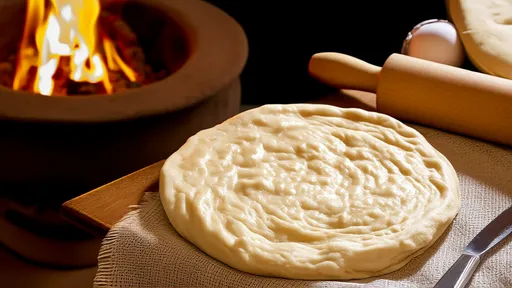
By /Jun 18, 2025
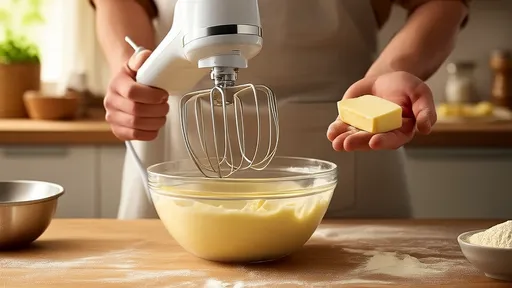
By /Jun 18, 2025

By /Jun 18, 2025
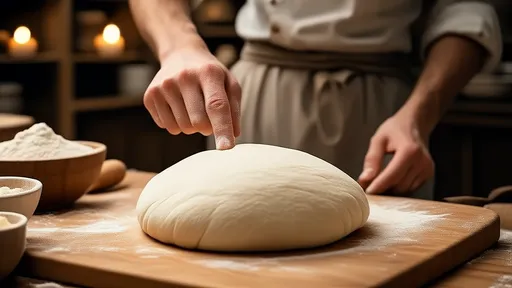
By /Jun 18, 2025
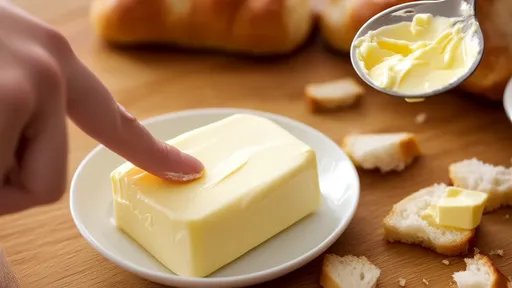
By /Jun 18, 2025

By /Jun 18, 2025

By /Jun 18, 2025
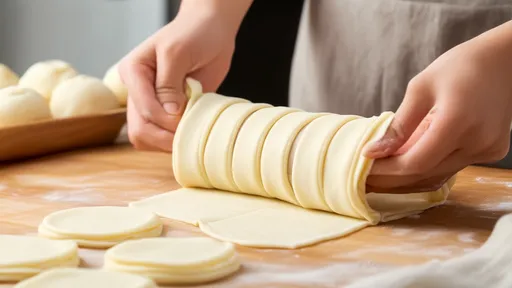
By /Jun 18, 2025
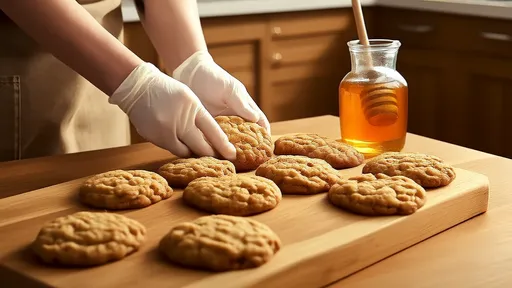
By /Jun 18, 2025
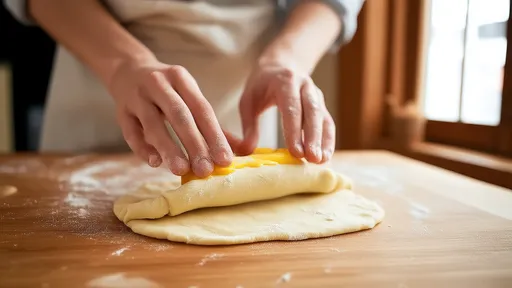
By /Jun 18, 2025

By /Jun 18, 2025
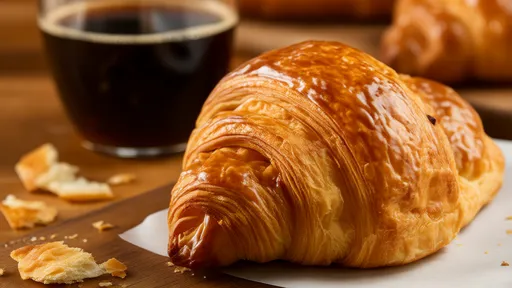
By /Jun 18, 2025
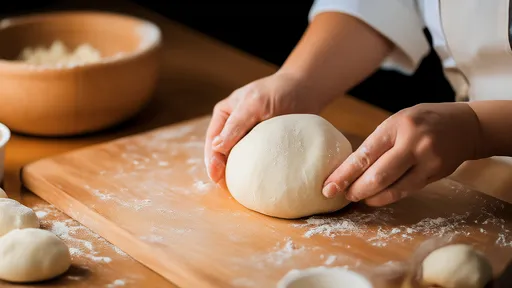
By /Jun 18, 2025
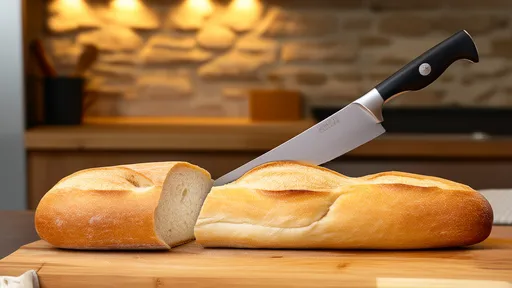
By /Jun 18, 2025
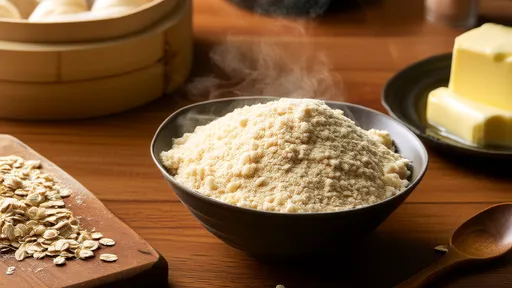
By /Jun 18, 2025

By /Jun 18, 2025
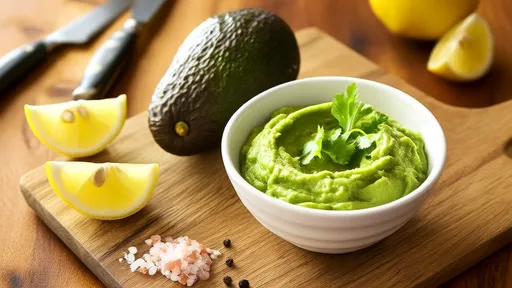
By /Jun 18, 2025